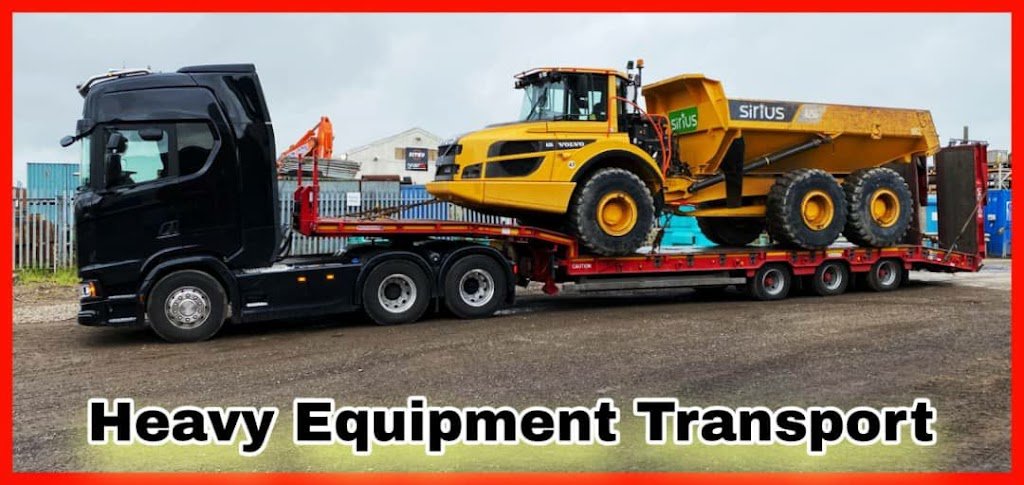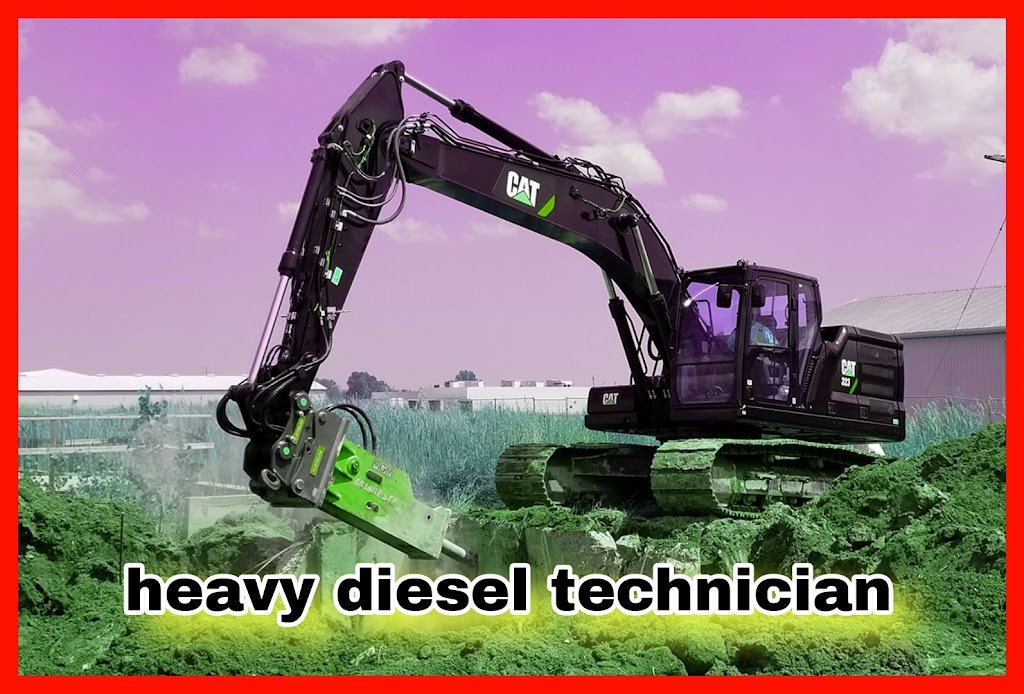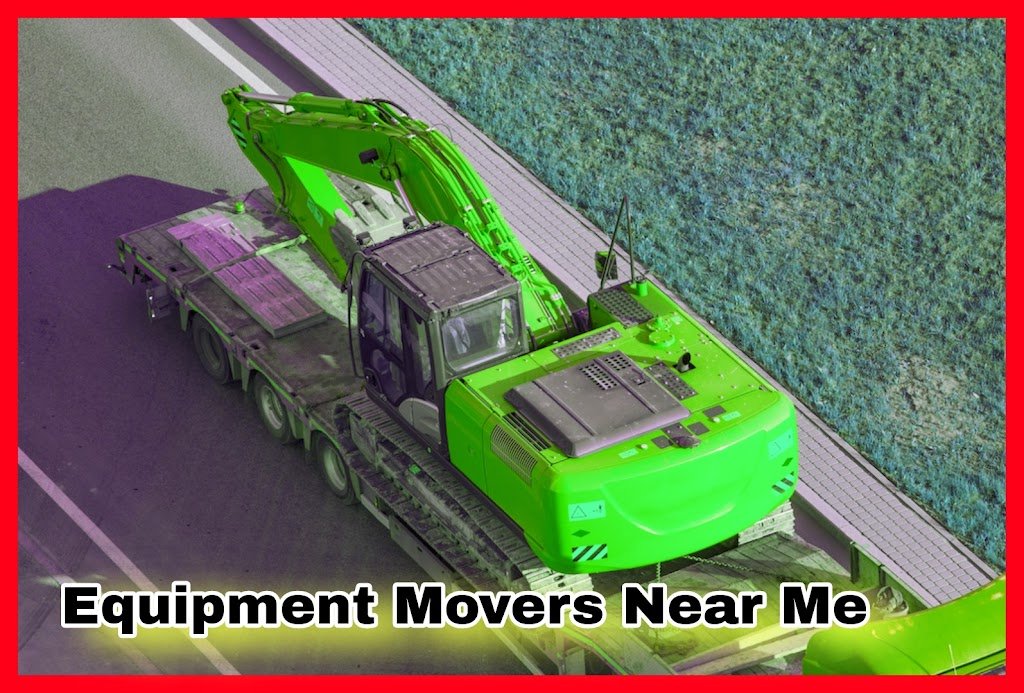Heavy Equipment Transport

Heavy Equipment Transport: Ensuring Safe and Efficient Transportation
Transporting heavy equipment is a critical aspect of various industries, such as construction, mining, and agriculture. The successful transportation of heavy machinery requires careful planning, specialized equipment, and experienced professionals. In this article, we will explore the different types of heavy equipment, the challenges associated with their transport, specialized solutions available, and the best practices to ensure safe and efficient transportation.
Heavy equipment transport plays a vital role in the functioning of industries that rely on such machinery. From earthmoving and construction equipment to agricultural and mining machinery, the transportation process must be handled with utmost care to avoid damage, delays, and potential safety hazards.
The Importance of Heavy Equipment Transport
Efficient heavy equipment transport is crucial for various reasons. First and foremost, it ensures that equipment reaches its destination on time, allowing projects to proceed as planned. Additionally, proper transport helps preserve the condition of the machinery, minimizing the risk of damage or malfunction.
Types of Heavy Equipment
Heavy equipment encompasses a wide range of machinery used across different industries. Some common types of heavy equipment include:
Earthmoving Equipment
Earthmoving equipment includes bulldozers, excavators, loaders, and graders. These machines are used for various tasks, such as excavation, site preparation, and material handling.
Construction Equipment
Construction equipment consists of cranes, concrete mixers, pavers, and other machinery used in building and infrastructure projects. These machines facilitate tasks like lifting heavy materials, pouring concrete, and road construction.
Agricultural Equipment
Agricultural equipment comprises tractors, combines, harvesters, and irrigation machinery. These tools are essential for farming operations, such as plowing, planting, harvesting, and irrigation.
Mining Equipment
Mining equipment includes drills, crushers, conveyors, and earthmovers used in extracting valuable minerals from the earth. These machines are designed to handle heavy loads and operate in challenging environments.
Challenges in Heavy Equipment Transport
The transportation of heavy equipment poses several challenges that need to be addressed effectively. Some of the key challenges include:
Size and Weight Restrictions
Heavy equipment is often oversized and overweight, making it difficult to transport using conventional methods. There are strict regulations regarding size and weight limits for road transportation, and exceeding these limits requires specialized permits and careful route planning.
Logistics and Planning
Transporting heavy equipment requires meticulous logistics and planning to ensure that all aspects of the transportation process are coordinated seamlessly. Factors such as route selection, permit acquisition, and scheduling must be carefully considered to avoid delays and additional costs.
Safety Considerations
Safety is a top priority when it comes to heavy equipment transport. The weight and dimensions of the machinery can pose risks to both the operators and other road users. Adequate safety measures, such as proper load securing and compliance with transportation regulations, are essential to mitigate these risks.
Specialized Transport Solutions
To overcome the challenges associated with heavy equipment transport, specialized solutions are available. These solutions cater specifically to the unique requirements of transporting heavy machinery. Some commonly used transport methods include:
Flatbed Trailers
Flatbed trailers provide a simple and versatile solution for transporting heavy equipment. The machinery is loaded onto the flatbed and secured using chains, straps, or other suitable methods. Flatbed trailers are suitable for smaller and lighter equipment.
Lowboy Trailers
Lowboy trailers, also known as lowbed trailers, are designed to transport tall and heavy equipment. They have a lower deck height, allowing for the transportation of taller machinery without exceeding height restrictions. Lowboy trailers are often used for construction and mining equipment.
Extended RGN Trailers
Extended RGN (Removable Gooseneck) trailers have a removable front section that allows for easy loading and unloading of equipment. They are especially useful for transporting long and oversized machinery, such as excavators and cranes.
Modular Trailers
Modular trailers consist of multiple axles that can be combined and adjusted based on the size and weight of the equipment being transported. This flexibility makes them suitable for transporting extremely heavy and oversized machinery, such as large mining equipment.
Choosing the Right Transport Company
Selecting a reliable and experienced transport company is essential to ensure the safe and timely delivery of heavy equipment. Consider the following factors when choosing a transport provider:
Experience and Expertise
Look for a company with a proven track record in handling heavy equipment transport. Experience brings valuable knowledge and expertise to address any challenges that may arise during the transportation process.
Equipment and Fleet
Ensure that the transport company has a well-maintained fleet of trucks and trailers suitable for transporting heavy machinery. The equipment should be in good condition and equipped with the necessary tools for secure loading and unloading.
Insurance and Licensing
Verify that the transport company has the appropriate licenses and insurance coverage to protect your equipment during transportation. Accidents or damage can occur despite all precautions, and insurance provides peace of mind in such situations.
Customer Reviews and Recommendations
Read reviews and seek recommendations from other businesses or industry professionals who have previously used the services of the transport company. Positive feedback and references are indicators of a reliable and trustworthy provider.
Best Practices for Heavy Equipment Transport
To ensure a smooth and successful transportation process, the following best practices should be followed:
Preparing the Equipment
Before transporting heavy equipment, it is essential to prepare it properly. This includes cleaning the machinery, securing loose parts, and removing any hazardous materials. Adequate preparation reduces the risk of damage during transit.
Securing the Load
Proper load securing is crucial to prevent shifting, tipping, or damage during transportation. Use appropriate tie-downs, chains, or straps to secure the equipment firmly. Regularly inspect the load during transit to ensure it remains secure.
Route Planning and Permits
Thorough route planning is necessary to identify any potential obstacles, such as low bridges or narrow roads, that may hinder the transport process. Obtain the required permits for oversized or overweight loads well in advance to avoid delays.
Communication and Tracking
Maintain open communication with the transport company throughout the transportation process. Regular updates on the progress and any changes in schedule provide transparency and help address any concerns promptly. Tracking systems can also be utilized to monitor the location of the equipment during transit.
Safety Measures and Regulations
To ensure the safety of heavy equipment transport, the following measures and regulations should be adhered to:
Compliance with DOT Regulations
Compliance with Department of Transportation (DOT) regulations is essential for safe and legal transportation. Familiarize yourself with the regulations specific to heavy equipment transport, including weight limits, permit requirements, and driver qualifications.
Properly Trained Drivers
Transporting heavy equipment requires skilled and experienced drivers. Ensure that the transport company employs drivers who have the necessary training and qualifications to handle oversized loads safely.
Regular Inspections and Maintenance
Routine inspections and maintenance of the transport equipment are vital to identify any potential issues before they become major problems. Regular maintenance helps ensure that the trucks and trailers are in optimal condition for transporting heavy machinery.
Cost Factors and Considerations
Several factors influence the cost of heavy equipment transport. Consider the following when estimating transportation costs:
Distance and Route
The distance to be traveled and the chosen route impact the overall transportation cost. Longer distances and complex routes may require additional resources and increase the cost.
Equipment Specifications
The size, weight, and dimensions of the equipment play a significant role in determining the transportation cost. Larger and heavier machinery may require specialized trailers or additional permits, resulting in higher costs.
Additional Services
Additional services such as loading and unloading assistance, storage, or expedited delivery may incur extra charges. Discuss these services with the transport company to understand their pricing and availability.
heavy equipment transport is a critical process that requires careful planning, specialized equipment, and experienced professionals. By understanding the challenges, choosing the right transport company, following best practices, and adhering to safety regulations, businesses can ensure the safe and efficient transportation of their heavy machinery.
FAQs
Q: Can I transport heavy equipment myself?
A: While it is possible to transport heavy equipment yourself, it is recommended to hire a professional transport company with the expertise and equipment to handle such tasks safely and efficiently.
Q: How long does it take to transport heavy equipment?
A: The transportation time for heavy equipment depends on several factors, including the distance, route, and any unforeseen circumstances. Transport companies can provide estimates based on these factors.
Q: What happens if my equipment gets damaged during transport?
A: Reputable transport companies carry insurance coverage to protect against damage during transit. In the event of any damage, you can file a claim with the transport company’s insurance provider.
Q: Are there any weight restrictions for heavy equipment transport?
A: Yes, weight restrictions for heavy equipment transport vary by jurisdiction. It is essential to comply with these regulations and obtain the necessary permits for oversized or overweight loads.
Q: How can I track the progress of my equipment during transportation?
A: Many transport companies offer tracking systems that allow you to monitor the location and progress of your equipment during transportation. Check with your chosen provider for available tracking options.





